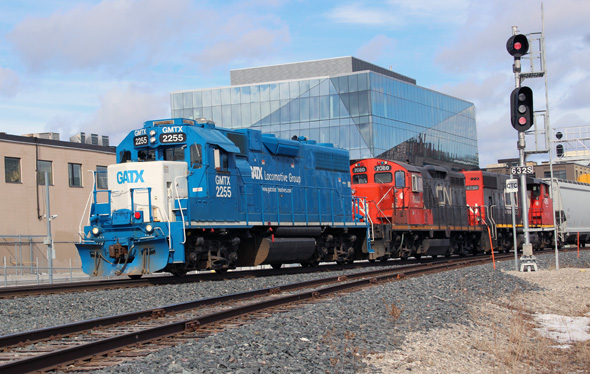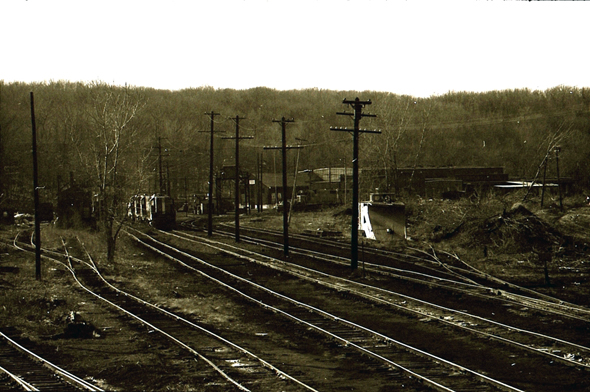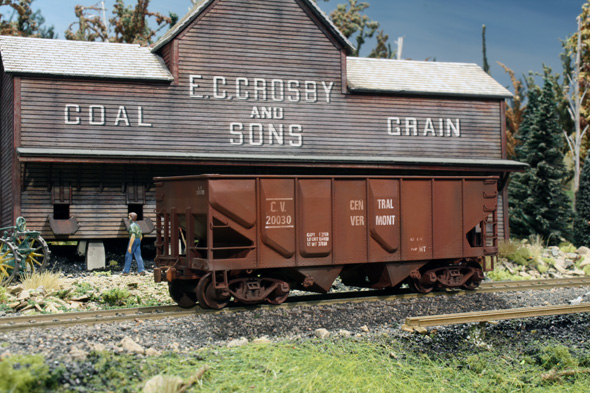 |
| Peter holds Mark's barn as I snap this view with my phone. We thought the wall turned out really well and a good start for Mark to work from. |
I helped him with one wall and a section of the flooring which he liked and will continue on with at home. Here is what we did.
I painted the wall using a sponge lighty applying a coat of dollar store red and brown mix. This gives one a base coat to apply chalks and powders and is not that important to get good coverage or the right colour. It is a base to work with. I decided to begin with Bragdon used brick which is a nice off red. Once the wall were covered including the window areas I began highlighting the walls with red chalk. The chalk is a bright red so it is blended into the used brick tone. To finish off the wall we coloured the window trim using a micro brush and PanPastel white. The white gives a nice weathered paint chipped look to the windows. Now to see how Mark makes out on the other three walls...George Dutka
I am away tomorrow at the Woodstock train show, so no post hence a second post today.
 |
| One wall done three to go. |



















































